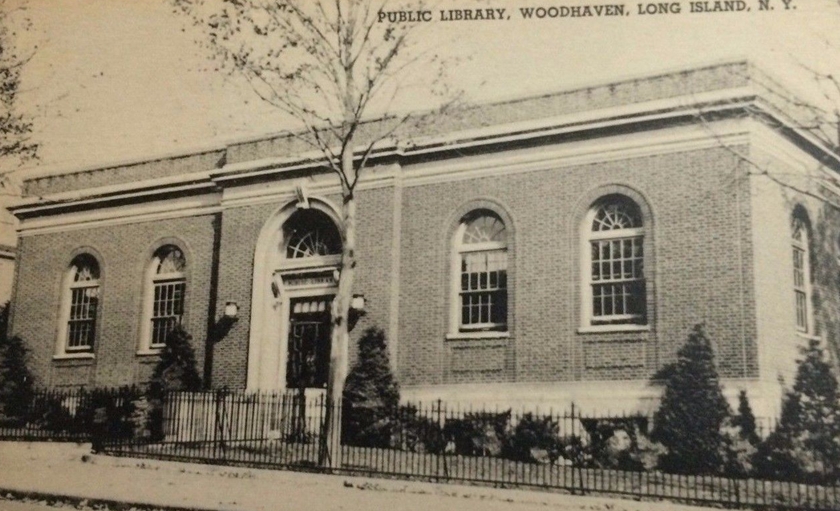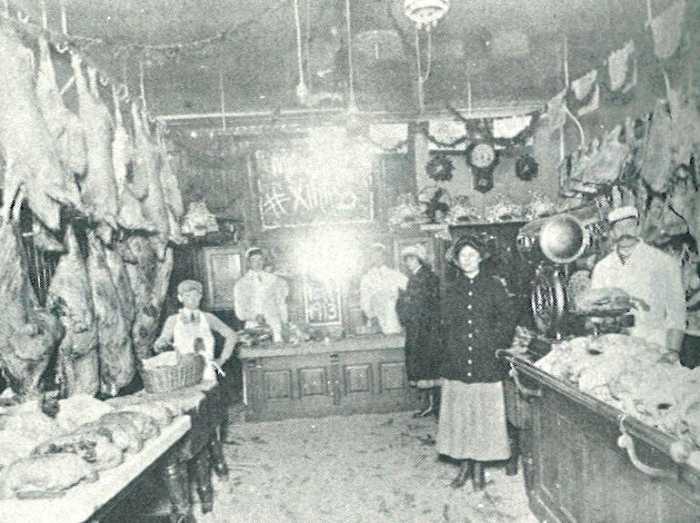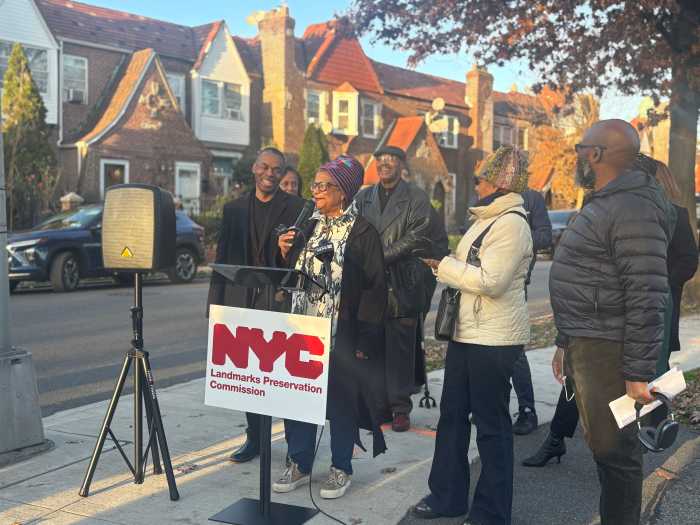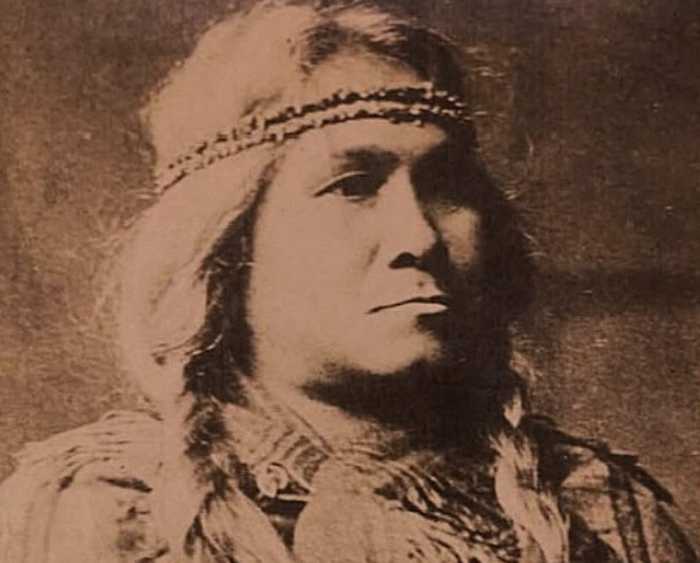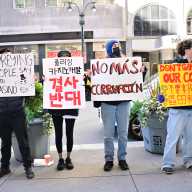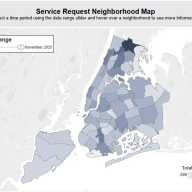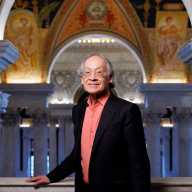The Woodhaven Library celebrated its 101st birthday by hosting a special presentation on Tuesday, Jan. 7, on the town’s first 100 years, from 1835 to 1935.
Local historian Ed Wendell guided a group of attendees through Woodhaven’s creation and development in the first celebration of many to mark the town’s 190th anniversary in 2025.
Wendell started off by describing how the town is located right beside a kettle pond in Forest Park, a remnant of the Ice Age due to the melting of a glacier. He journeyed back to the 1500s to explain the long process by which Woodhaven got its name.
The area was originally called Yameco and lived on by the Lenape Native Americans. It earned this name due to the high number of beavers in the area, which are known as Yameco in the Lenape language. The main trail used back then ran all the way to Ohio and is currently known as Jamaica Avenue.

When the Dutch settlers arrived in the 1600s, they renamed the area Rusdorp, which means ‘Country Village’ in English. Eventually, they started to call the area Jamaica in honor of its original name, Yameco.
Wendell explained that Woodhaven was a prominent trade location due to the intersection of trails running from Brooklyn to Ohio and beyond. Ships arriving in Flushing Bay and Jamaica Bay also used these trails to transport their goods. Due to the level of trade going through the area, John R. Pitkin, a very wealthy landowner, bought out all of the properties in the town.
Born in 1795, Pitkin left home at age 12 and worked on farms for $5 a month, which was good money at the time. After putting his earnings towards education, Pitkin became a businessman, and after opening a series of stores, he soon earned over $100,000 a year.
Wendell told the audience about Pitkin’s dislike of how Manhattan and New York City were laid out and his desire to build his own city. This was when he took control of the intersection now known as Woodhaven Boulevard and Jamaica Avenue. He called the whole area East New York but named the town Woodville.
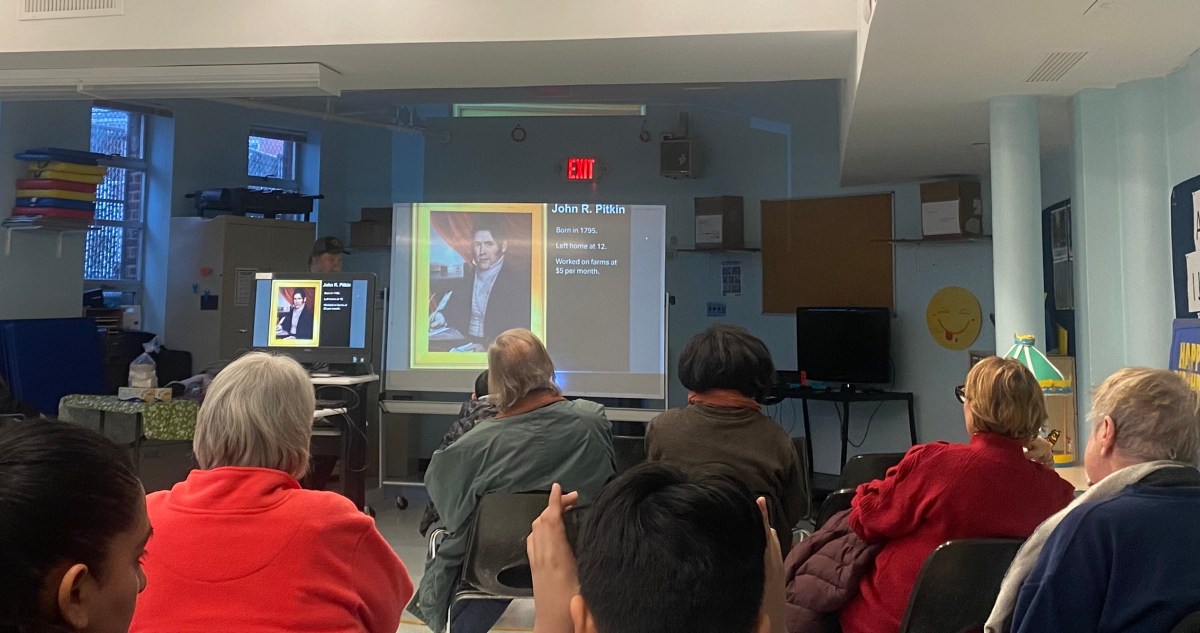
Woodville, now Woodhaven, was created on July 1, 1835, making it 190 years old this year.
Between 1821 and 1870, Woodville was home to the largest racetrack in the United States. This brought thousands of people from all over the area to Woodville to watch horse racing and served as a great financial resource. In 1823, 60,000 people traveled there to watch the famous horse ‘American Eclipse’ in action.
Horse racing was a huge business at the time and made Woodville very popular. Hotels, taverns, and many buildings that are still standing today were originally erected around the racetrack due to its financial pull.
Wendell explained that many of the houses in Woodhaven today were once hotels and boarding houses for people traveling to watch horse races.

The introduction of railway tracks then shaped the town into what we see today. Atlantic Avenue was set up as a train line, with a prominent crossing now known as Rockaway Boulevard. With both the racetrack and the railroad, Woodville was an extremely busy area.
Wendell then revealed how Woodville would once again change its name due to the need for a Post Office. When applying for one, the town was rejected because another Woodville existed near the very top of New York. In those days, only one Post Office could be issued per town if they shared a name.
Therefore, a vote was taken to change the town’s name to either Woodmere, Edgewood, or Woodhaven, which of course, came out on top. It was officially renamed in 1853.
In Feb. 1876, a huge fire destroyed the town’s factory, where most of the residents worked. The owner paid the factory workers throughout the rebuilding process to stay in the town, until it was rebuilt by August of the same year. The iconic clocktower still stands from the new factory and is seen on Atlantic Avenue.
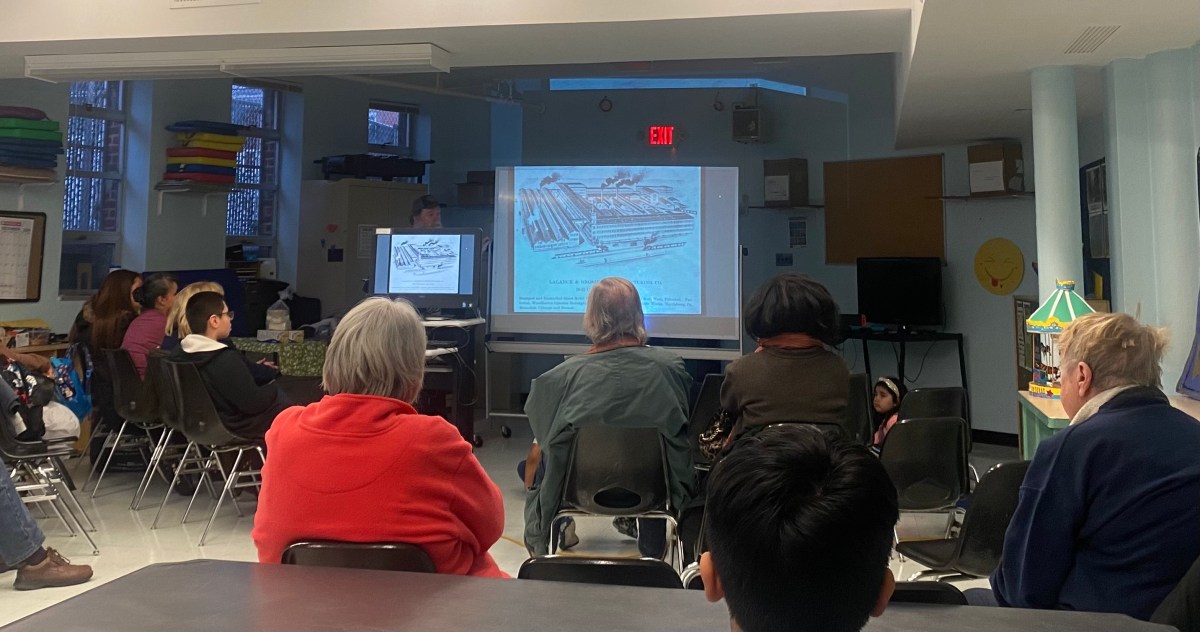
More destruction came in 1895 when a massive cyclone blew through the town and destroyed many of its buildings. A school was sent crumbling to the ground, but thankfully it occurred in July, so the building was vacant.
The 1900s saw the development of Jamaica Avenue into what we know today. Trolleys would run along the road, but due to the increasing number of residents, more transport was needed. This led to the introduction of the train line running above the road.
Although most of the buildings along the Avenue have changed, the old features of some can still be seen along the top rows. Wendell encouraged the attendees to “stop and look up” to notice details that still stand from over a century ago.
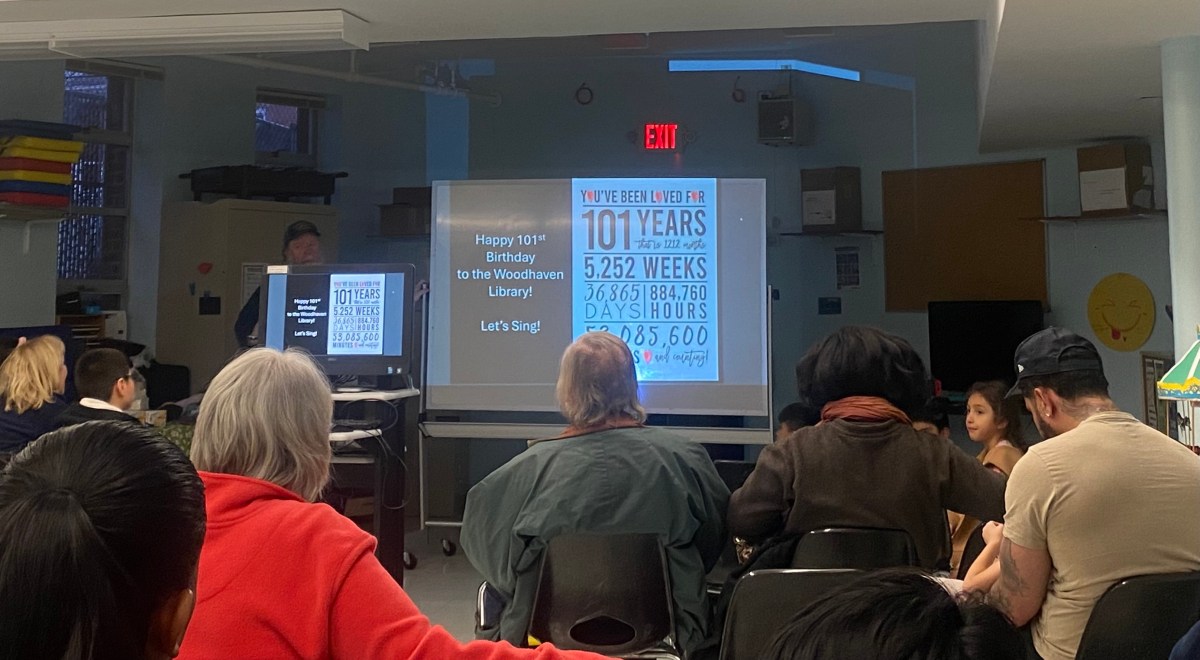
The 1920s introduced many iconic Woodhaven features. The Band Stand celebrated its 100th anniversary last year, while Victory Field will be 100 years old in December. There will be a celebration for it on June 14.
Finally, on Jan. 7, 1924, Queens Public Library opened its first branch in Woodhaven. Wendell ended his presentation by leading the group in singing ‘Happy Birthday’ to the library in honor of its 101st year of existence.

